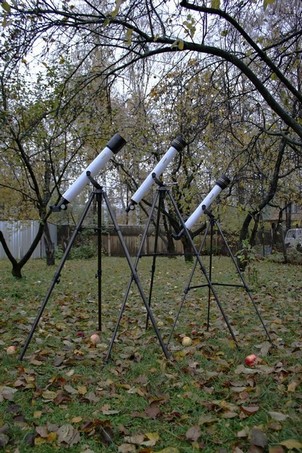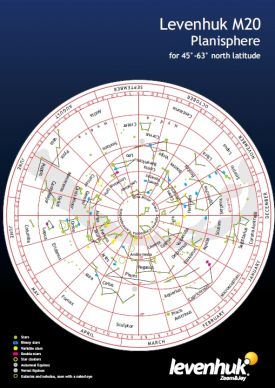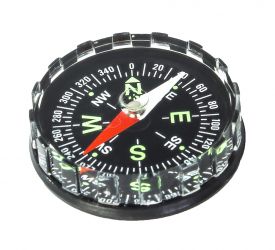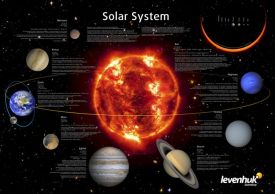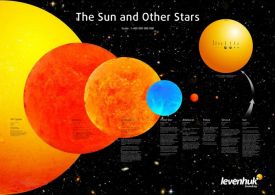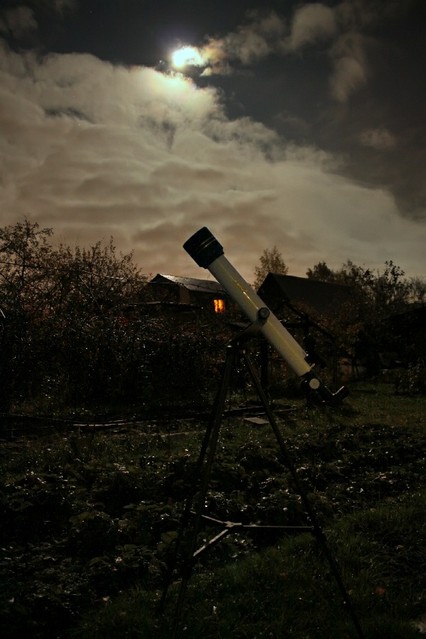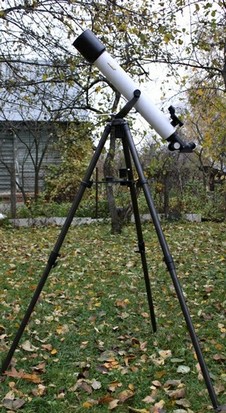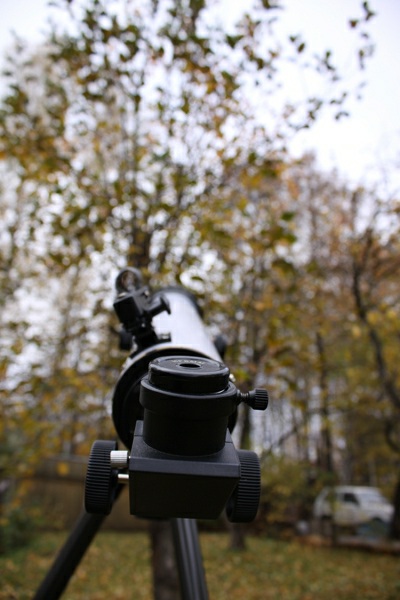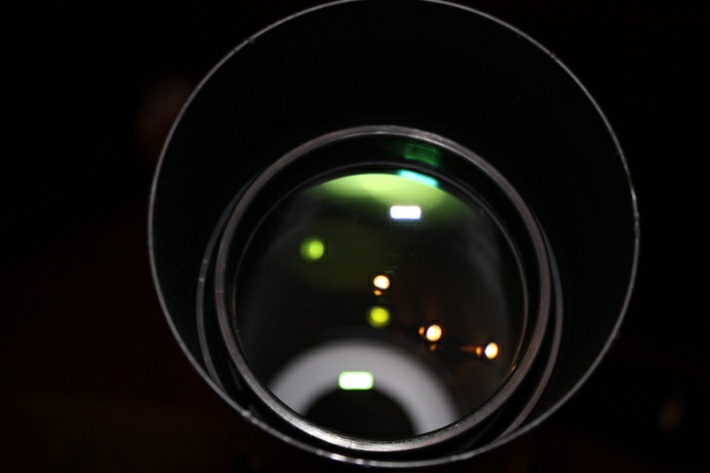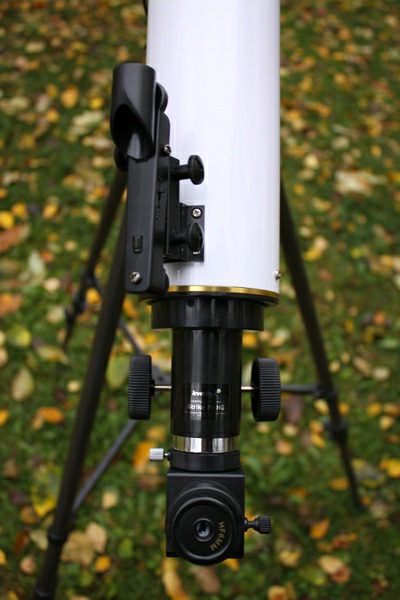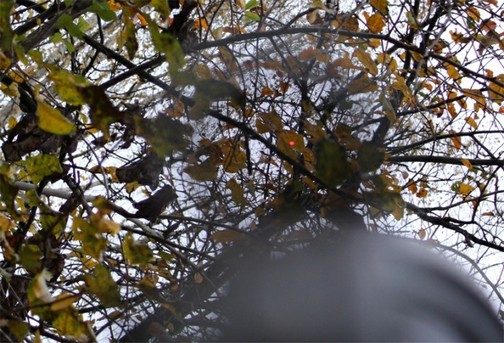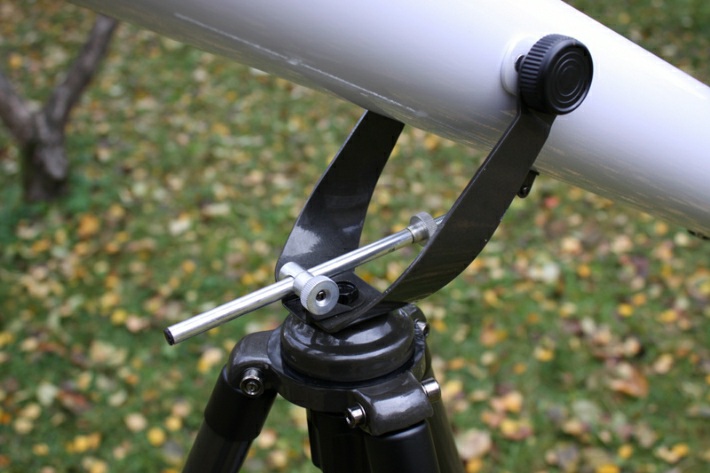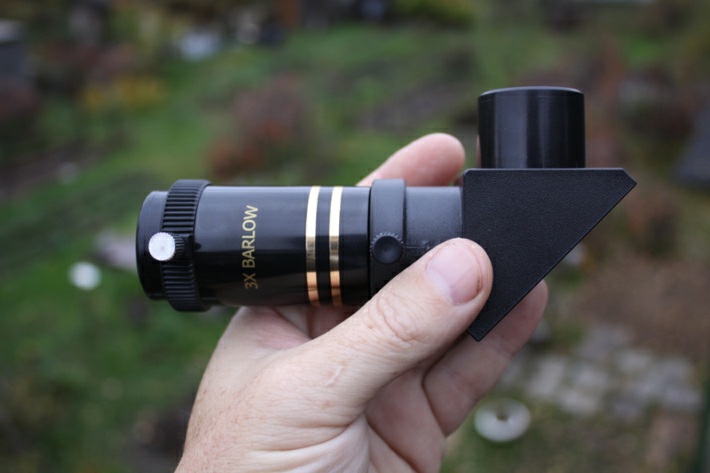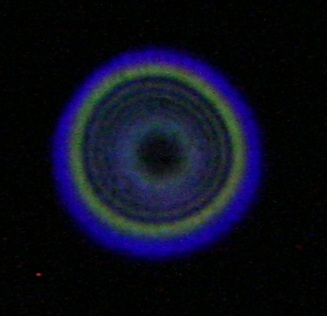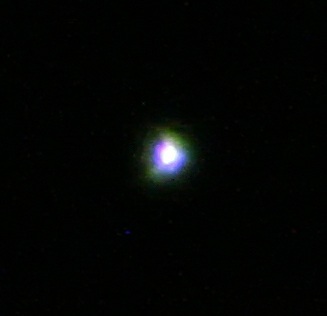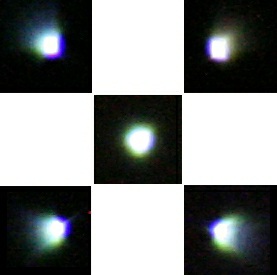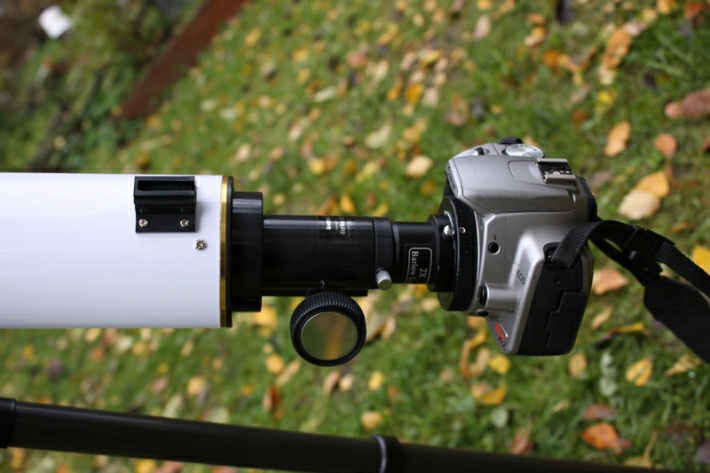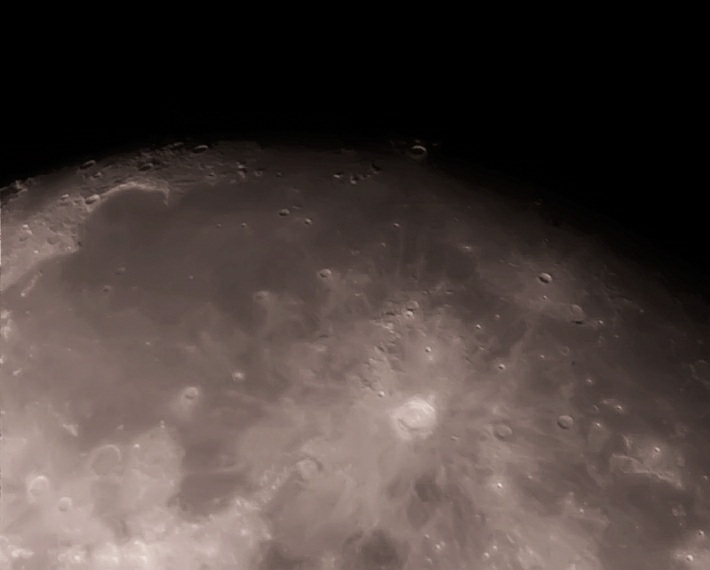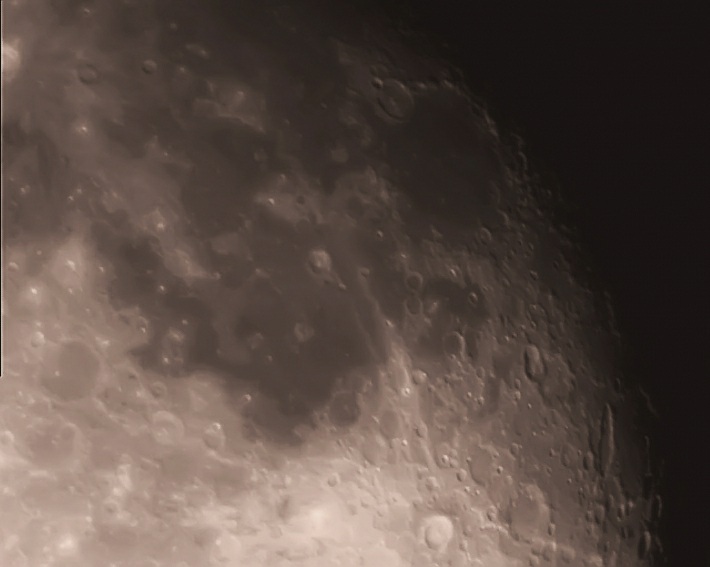Review of the Levenhuk Strike 80 NG beginning level telescope
Small refractors are deservedly popular among astronomy lovers. Despite their modest (compared to large amateur telescopes) capabilities, they have their own advantages, such as simple design, reliability, compactness, and ease of use. Levenhuk Strike 80 NG, 80-millimeter aperture refractor with altazimuth mount, is a great example of telescopes of this class. This telescope is a senior model of the Levenhuk Strike NG series, which includes two more models: 50 NG and 60 NG.
Levenhuk Strike NG beginner telescopes
Nice packaging makes a very good first impression. I couldn’t wait to open the colorful box and see what’s in there.
The length of the telescope tube is only about 800 mm; the foldable tripod and mount won’t take much space either. Therefore, transportation shouldn’t cause any inconvenience, even if you’ll need to use public transport. When the telescope is packed in a case, it can be easily carried in just one hand.
What’s definitely worth mentioning is the telescope’s rich accessories kit. This telescope for amateur observers comes with a diagonal mirror, 20 mm and 6 mm eyepieces, as well as 3x Barlow lens. Moreover, the kit includes a large number of reference and educational materials: Stellarium software CD, "See it all!" astronomer's handbook, planisphere (a rotating star chart), compass, and, of course, multilingual user manual.
Educational materials included in the package
The telescope tube is either dark-blue or white, and the mount is black – these classic colors give the instrument a more solid look. When it is not used for observations, the telescope will make an original and memorable detail of your apartment or office.
Levenhuk Strike 80 NG at night
… and in daytime
The objective lens is made of glass; there’s also a very noticeable green coating on it. The optical tube is blackened internally to avoid scattered light. Inside the tube you can also see a diaphragm designed to limit parasitic light. All these features allow you to avoid glare from bright objects.
720-millimeter focal length and 80-millimeter objective lens diameter give you f/9 focal ratio, which is a quite acceptable value for an achromatic refractor.
Lens hood
To protect the objective lens from dew and to prevent side glare (for example, street light glare), the telescope is equipped with a plastic lens hood of sufficient length. The hood also protects the lens from mild to moderate mechanical shock.
The telescope comes with a red dot finder. It is especially useful when navigating objects visible to the naked eye: the Moon, planets, bright stars, or terrestrial objects. The finderscope is very easy to use – you can quickly point the telescope to desired celestial objects. Just don’t forget to align the telescope with the finderscope before you begin observing. The finderscope requires a battery; however, it usually lasts long.
Finderscope
The pointing red dot – no wonder where the name comes from
Levenhuk Strike 80 NG is equipped with an alt-azimuth Yoke-type mount. It performs equally great during terrestrial and astronomical observations. Since the alt-azimuth mount does not require heavy counterweights, the whole telescope package weighs only about 18 pounds. The mount is very simple to use, it takes just a few seconds to install or remove the tube.
Alt-azimuth mount
The focuser is made of rigid plastic but, in spite of that, it moves very smoothly, without jerks or backlash. The standard barrel diameter of 1.25’’ allows using standard eyepieces, diagonals, prisms, Barlow lenses, optical filters and other optical accessories.
The tripod’s height is adjustable; it is equipped with a convenient accessory tray that also fixes the tripod legs in position. You can tell that they tried to make the tripod as lightweight as possible, but, at the same time, all main components are solid and reliable.
Accessory tray attached to the tripod leg
Accessory tray
Production and assembly quality are very high. All details are made very carefully; there’s no backlash between connecting parts.
The kit includes two eyepieces with focal lengths of 20 and 6 millimeters. Using them you can achieve 36x and 120x magnification power, respectively. The kit also contains a Barlow lens, which increases the focal length of a telescope. When using it with standard eyepieces, magnification will be 180x and 360x, respectively. You’ll also find a diagonal mirror in the kit – it provides convenient eyepiece position when observing objects near the zenith. It also gives you direct (upright) mirrored images, which means you can observe terrestrial objects as well.
I tested the instrument in daytime - therefore, I observed terrestrial objects most of the time. I spent a really long time doing it, and it was very exciting. Images were high quality, sharp with almost no chromatic aberrations. I was fascinated observing birds in the woods and cars in motion on the distant road. So don’t forget to take along this telescope when going on a trip (even if you are coming back before dark) – you’ll definitely find some application for it.
The diagonal mirror together with the eyepiece and Barlow lens
I also tested the telescope on an artificial star. Instead of a real star I used a dot created by a white LED light. Examples of inside and outside focus images can be found below. The photos were made with Canon EOS 350D camera (objective lens with 55mm focal length, eyepiece projection).
Images at inside, best, and outside focus in eyepiece projection:
I also made a few prime focus shots of the artificial star with the same camera. As you can see, the star shape is noticeably distorted at the edges of the field of view, but in the center the image quality is fine.
Artificial star shots at prime focus:
Levenhuk Strike 80 NG model allows for both terrestrial shooting and astrophotography at prime focus. This requires using additional accessories. I used a part of Barlow lens (without its optical unit) and an M42 adapter ring for Canon EOS.
It’s worth remembering that the plastic focuser might have difficulties holding heavy SLR cameras – try not to overload it. In order to prevent vibration at the time of shooting, you should use the self-timer or remote control.
Below you can see the distant power tower image. In the right upper corner you can see another shot of the same tower but made with 55-mm focal length objective lens.
Prime focus astrophotography is conducted the same way, but, because of the alt-azimuth mount, you can get truly quality images only when shooting the Moon.
Levenhuk Strike 80 NG – is a wonderful telescope model for exploring starry skies. It allows you to learn basic telescope skills, which will be useful when you decide to replace it with a larger and more powerful telescope. Moreover, you can use it as a compact, portable instrument for hikes in nature. Although its main purpose is astronomical observations, you can always use this telescope as a powerful spotting scope for terrestrial observations if you like.
Any reproduction of the material for public publication in any information medium and in any format is prohibited. You can refer to this article with active link to levenhukb2b.com.
The manufacturer reserves the right to make changes to the pricing, product range and specifications or discontinue products without prior notice.



